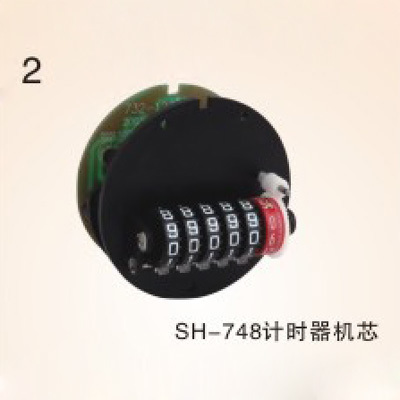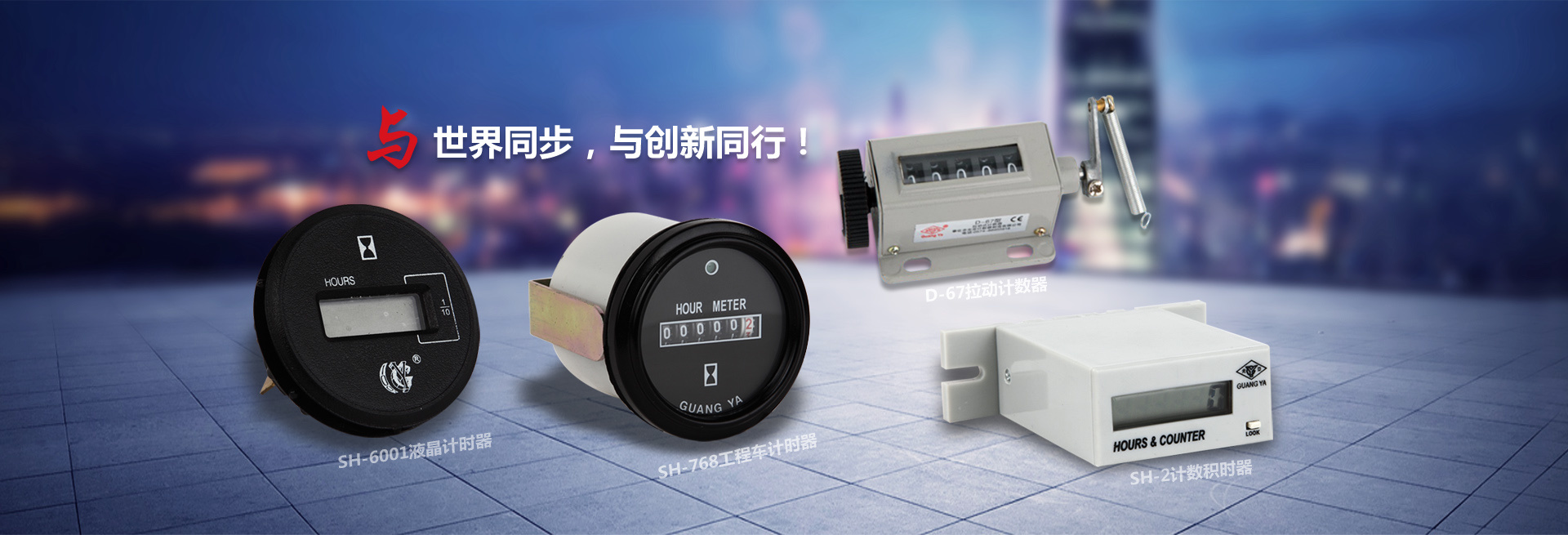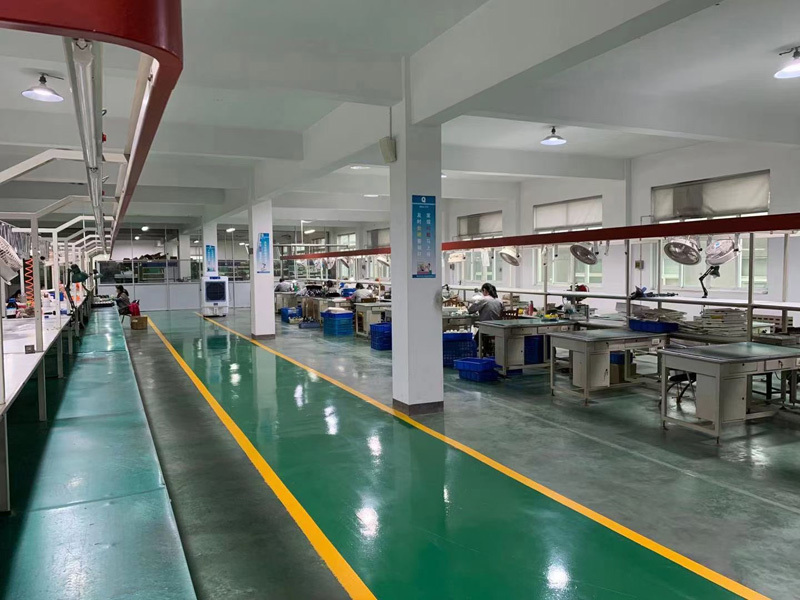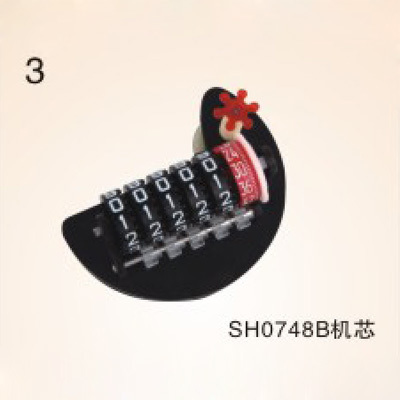NEWS CENTER

Troubleshooting Common Issues with 144 Movement LCD Timer Movement in Electrical Devices
Troubleshooting Common Issues with 144 Movement LCD Timer Movement in Electrical Devices When it comes to managing electrical devices, the 144 movement LCD timer movement is an essential component. This device not only enhances functionality but also improves energy efficiency. However, like any electronic component, it can encounter issues that may disrupt its operation. In this article, we will
the 144 Movement LCD Timer: A Comprehensive Guide
The 144 movement LCD timer movement is an essential device widely utilized in the realm of electrical and heating equipment, particularly within industrial timer applications. This timer movement is characterized by its precision and reliability, making it an ideal choice for professionals looking to enhance their operational efficiencies. At the core of the 144 movement is its ability to accurate
144 Movement LCD Timer: Success Stories and Applications in Real-World Settings
144 Movement LCD Timer Movement in Action: Real-World Success Stories Table of Contents Introduction to the 144 Movement LCD Timer Key Features of the 144 Movement LCD Timer Applications of the 144 Movement LCD Timer in Various Industries Real-World Success Stories: Implementing the 144 Movement LCD Timer Success in Manufacturing Enhancements in th
The 7044 movement LCD high temperature timer movement is a specialized timing mechanism designed to operate effectively in high-temperature environments. This type of timer is integral to various industrial applications, particularly in processes where precise timing and temperature regulation are crucial. The features of the 7044 movement make it an invaluable asset in managing operations in sect





